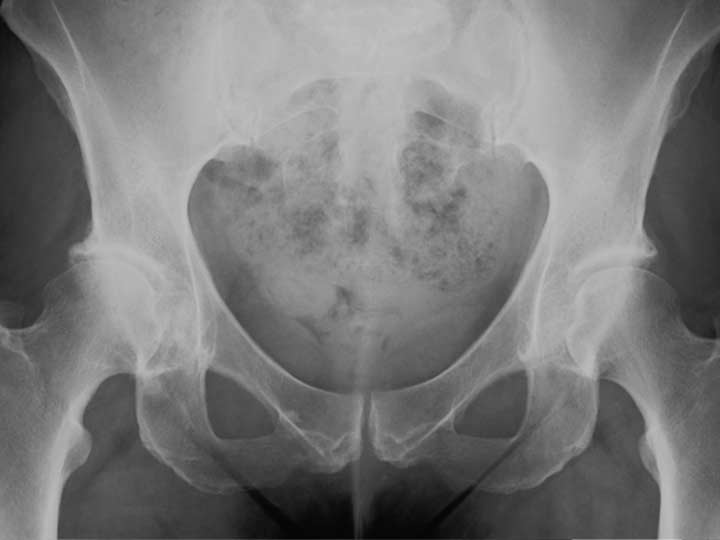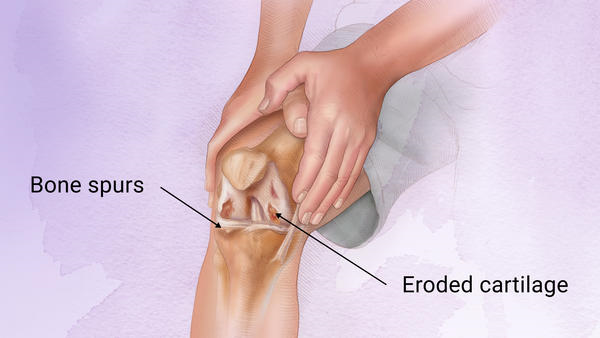 Higher fat mass and increased body mass index (BMI) adversely affected hip cartilage in women, while increases in fat-free mass were associated with beneficial cartilage changes at the hip for women and men, according to an Australian community-based study.
Higher fat mass and increased body mass index (BMI) adversely affected hip cartilage in women, while increases in fat-free mass were associated with beneficial cartilage changes at the hip for women and men, according to an Australian community-based study.
After adjusting for age and femoral head bone area, for every 1-unit increase in BMI, there was an associated 26 mm3 reduction in femoral head cartilage volume in women, although no such link was seen in men for BMI and femoral head cartilage volume, reported Flavia M. Cicuttini, MD, of Monash University in Melbourne, in colleagues.
The results “likely represent very early structural joint damage” given that the study population had no clinical hip disease, the investigators  wrote in Arthritis Research and Therapy. However, they added that “the mechanisms by which an increased BMI and fat mass adversely affects hip cartilage is unknown. It is possible that deleterious structural changes may in part be due to excessive loading of the hip joint caused by increased body mass. For instance, through altered joint biomechanics, obesity may remodel hip bone. In turn, abnormal bone geometry could act as an intermediary between obesity and cartilage damage.”
wrote in Arthritis Research and Therapy. However, they added that “the mechanisms by which an increased BMI and fat mass adversely affects hip cartilage is unknown. It is possible that deleterious structural changes may in part be due to excessive loading of the hip joint caused by increased body mass. For instance, through altered joint biomechanics, obesity may remodel hip bone. In turn, abnormal bone geometry could act as an intermediary between obesity and cartilage damage.”
Source: Medpage Today


